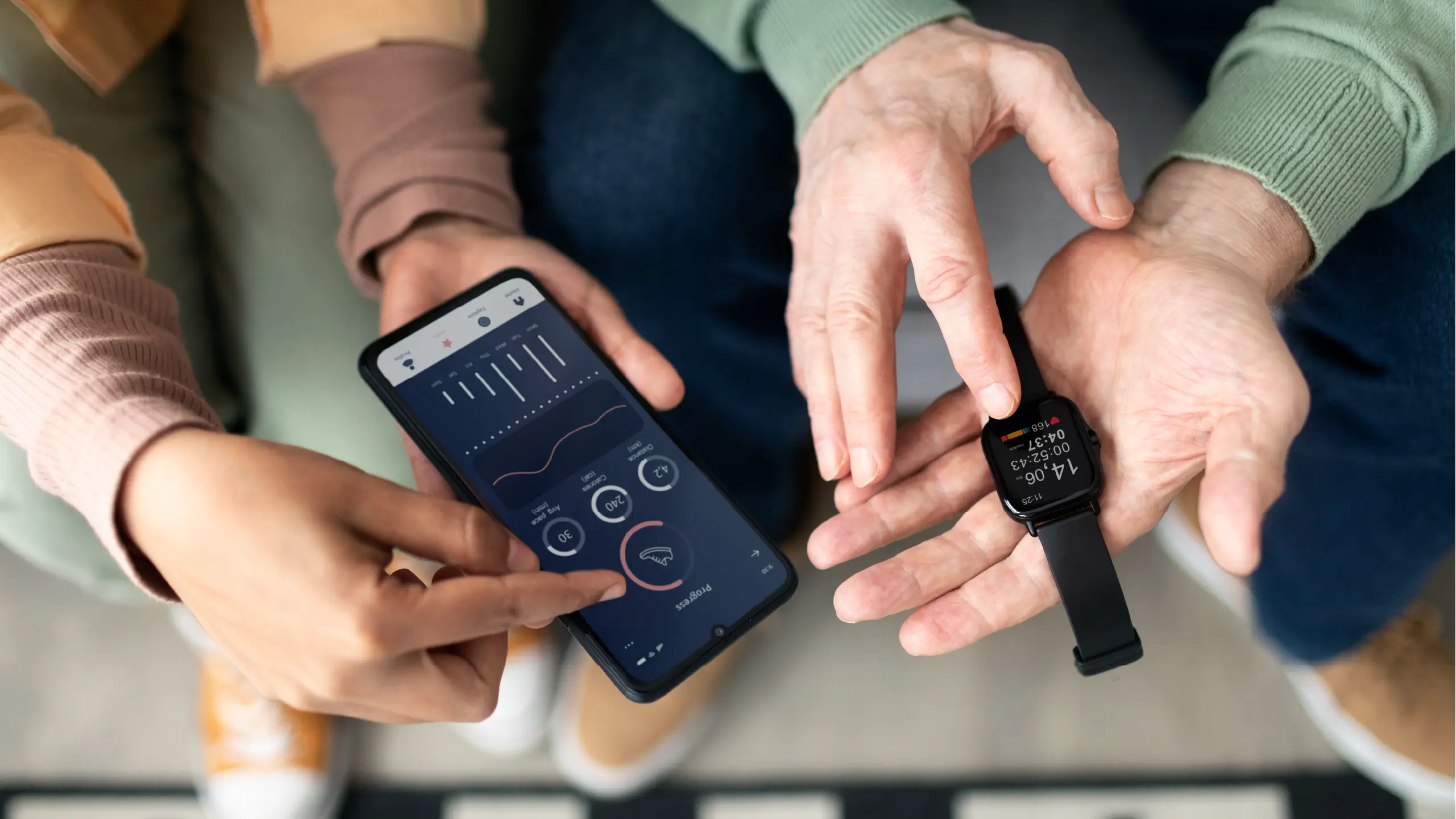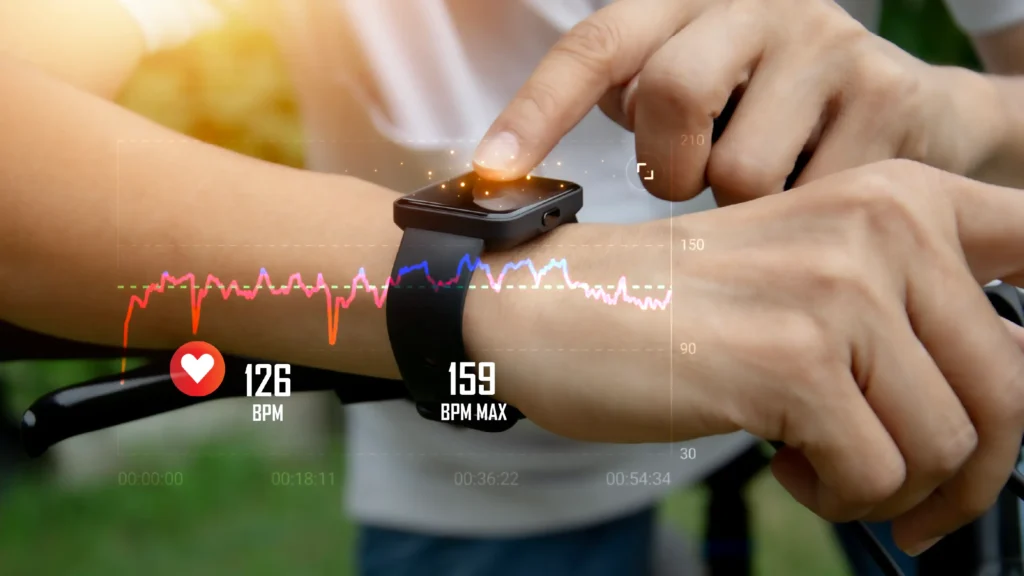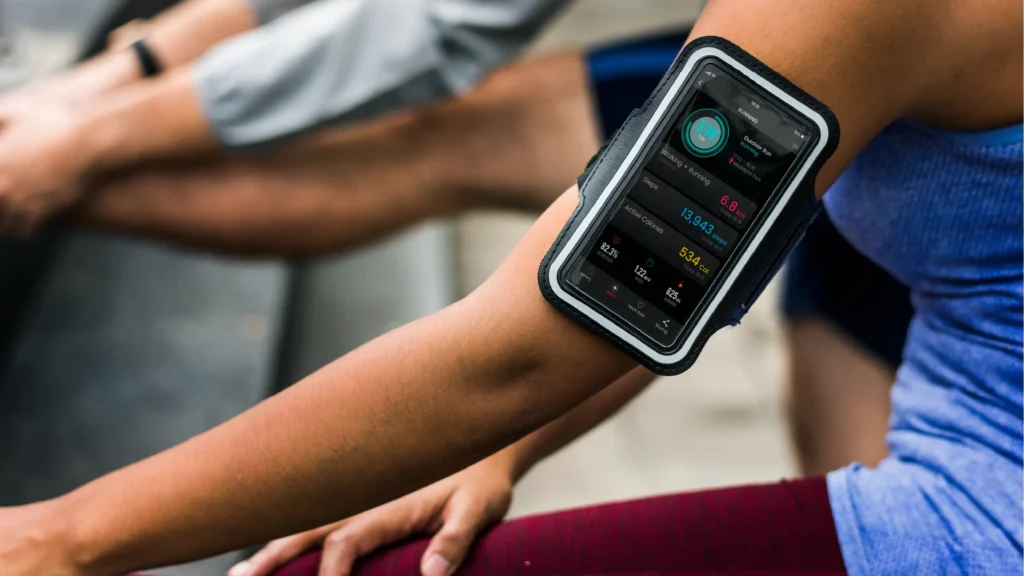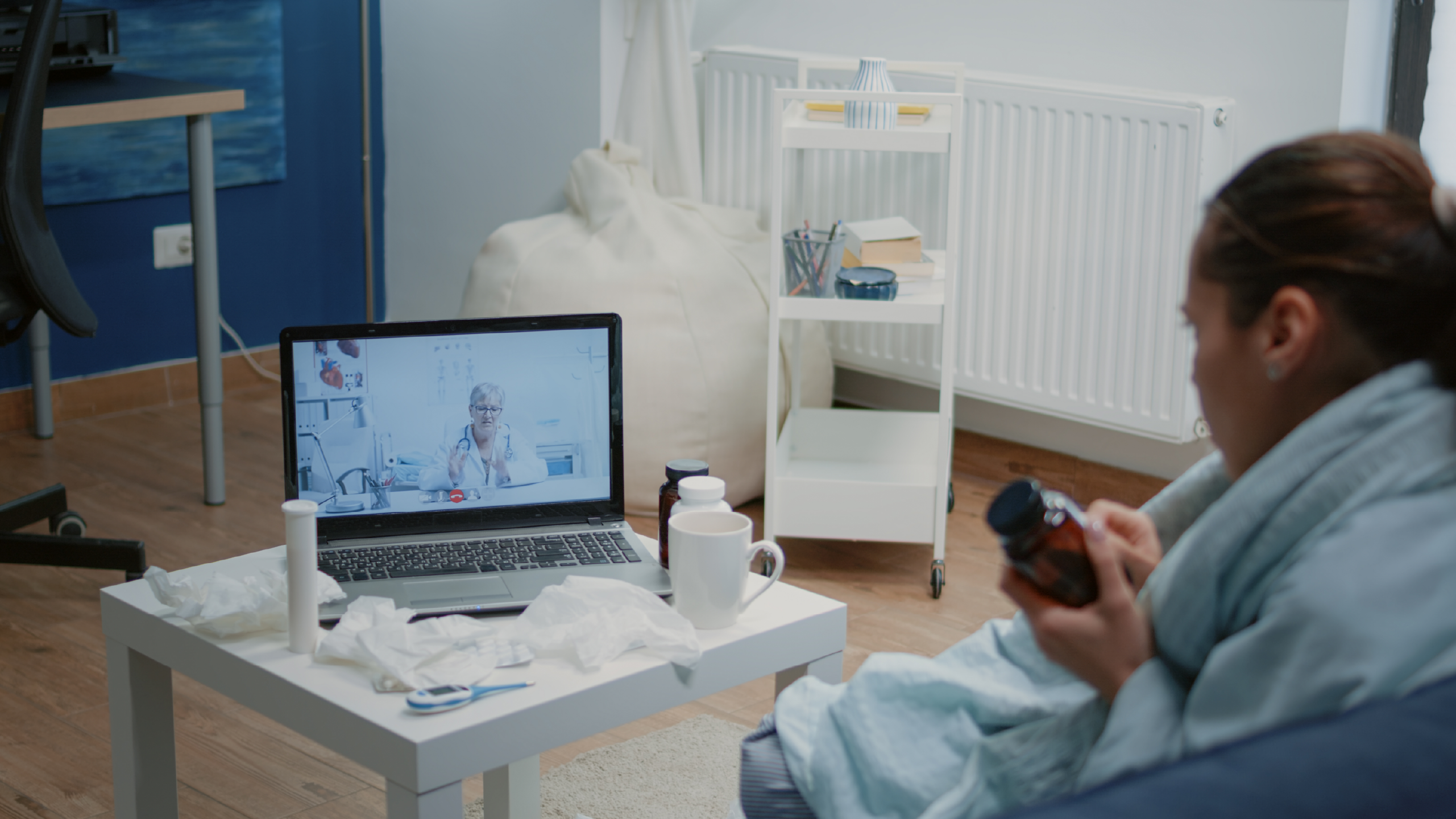
Wearables, Wellness, and What Patients Want: Insights from Consumer Behavior Studies
Once upon a time, the most high-tech thing you wore on your wrist was a watch that could tell the date—if you pressed the right button. Fast forward to now, and your watch can monitor your heartbeat, predict your stress levels, count your steps, nag you to stand up, and possibly judge your last snack choice. Welcome to the wearable health devices market, where fashion meets function and your accessories double as personal health assistants.
But this is not just about shiny gadgets; it’s about understanding people—what they want, what they fear, and what actually makes them use these devices long-term. That’s where Blackwater, a leader in market research, thrives. They don’t just count devices sold; they decode the motivations, habits, and hesitations that drive the consumer behavior in healthcare wearables.
The Market Is More Than Just Gadgets

The wearable health devices market has grown from a niche tech enthusiast hobby to a mainstream health and wellness phenomenon. Smartwatches, fitness trackers, connected clothing, health-monitoring earbuds—you name it, someone’s wearing it. The trend isn’t slowing down either, because these devices appeal to both our desire for control and our love of convenience.
What makes this market so interesting is that it sits at the crossroads of two fast-moving industries: technology and healthcare. The tech side constantly innovates—smaller chips, better sensors, longer battery life—while the healthcare side steadily integrates these innovations into patient care, chronic disease management, and preventive health strategies. That’s a lot of moving parts, and understanding where they align (and where they don’t) is exactly why companies turn to Blackwater’s research.
Why People Buy—and Why They Stop
The psychology of consumer behavior in healthcare wearables is fascinating. People often start with excitement. They see a device as a game-changer—a sleek little tool that will magically make them healthier, fitter, or more mindful. For some, that excitement turns into a healthy habit. For others, the device ends up in a drawer next to last year’s failed New Year’s resolution.
So why the drop-off? Often, it’s not about the technology failing. It’s about the user experience. If the device feels complicated, if the data is overwhelming, or if it simply doesn’t fit into someone’s lifestyle, adoption plummets. A wearable is only as good as its ability to become invisible in daily life—working quietly in the background, providing useful insights without demanding too much attention.
Blackwater’s research helps companies see these friction points before they become deal-breakers. Through user studies, behavioral mapping, and data analysis, they uncover why people keep using some devices and abandon others.
Wellness Technology Trends That Stick

Not all innovations in the wellness technology trends space are destined to last. Some are flashy but fleeting—here one year, forgotten the next. Others quietly reshape how we think about health.
One trend with staying power is integration. Wearables are no longer isolated gadgets; they’re part of an ecosystem. They connect with phones, health apps, telemedicine platforms, and even smart home devices. This creates a seamless experience where data flows easily between user and provider, turning raw numbers into actionable insights.
Another enduring trend is personalization. People expect their wearable to adapt to them, not the other way around. This means devices that learn your habits, adjust goals accordingly, and deliver insights in ways that feel relevant. Blackwater’s research shows that personalization not only boosts engagement but also increases trust—a critical factor in the adoption of health tech.
The Trust Factor
Speaking of trust, it’s the invisible currency of the wearable health devices market. Without it, even the most advanced gadget will fail. People are sharing deeply personal health data, and they want to know it’s handled securely, ethically, and transparently.
Consumers are increasingly savvy about privacy. They want to know who sees their data, how it’s stored, and whether it’s being sold to third parties. Companies that are upfront about these policies—and that design privacy into the product from day one—stand a much better chance of winning long-term loyalty.
Blackwater helps brands navigate this trust equation. Their research dives into what users think about data sharing, where their comfort levels lie, and how messaging around security can either reassure or alarm them.
Patient Engagement Through Wearables

When it comes to patient engagement through wearables, the promise is enormous. Imagine a heart patient whose doctor receives real-time alerts about irregular rhythms, or a diabetic who gets daily nudges to check glucose levels. These scenarios aren’t just possible—they’re already happening.
But engagement is more than just usage. A wearable might collect all the right data, but if patients don’t understand it, or if it doesn’t lead to meaningful conversations with their healthcare providers, the impact is limited. The challenge lies in turning passive tracking into active participation.
This is where Blackwater’s work becomes critical. They analyze how different demographics respond to wearable feedback, how likely they are to act on it, and what types of alerts or nudges are most effective. Their insights help companies and healthcare providers design engagement strategies that actually stick.
Overcoming the Overwhelm
Here’s the irony: while wearables are meant to simplify health tracking, they can sometimes make it more complicated. Too much data, too many notifications, and too many features can overwhelm users instead of empowering them.
Some people thrive on minute-by-minute updates; others just want a weekly summary. Some want to be challenged; others need gentle encouragement. The trick is knowing your audience—and that’s where the right market research is invaluable.
Blackwater specializes in segmenting users not just by age or income, but by mindset and behavior. This means their clients can tailor experiences to different personality types, creating products that feel less like one-size-fits-all and more like a trusted personal coach.
Designing for Real Life
One of the most underestimated factors in the wearable health devices market is design—not just how a device looks, but how it fits into real life. A beautifully engineered sensor means nothing if it’s uncomfortable, clashes with a user’s personal style, or can’t handle a splash of water during a morning jog.
Usability is equally important. If syncing data feels like a chore, or if navigating the interface requires a manual thicker than a novel, users will bail. Successful devices disappear into the background of daily routines, quietly doing their job without demanding too much effort.
Blackwater’s ethnographic studies—where researchers observe how people actually use wearables in their everyday lives—reveal the small details that make or break user satisfaction. These insights often lead to design tweaks that dramatically improve adoption and retention.
The Future of Wearables and Wellness

Looking ahead, the wearable health devices market is poised to become even more embedded in our daily lives. Devices will get smaller, smarter, and more subtle. They’ll move beyond the wrist to clothing, accessories, and even skin patches. The next wave of wellness technology trends will likely focus on proactive health—spotting issues before they become problems and offering preventative guidance.
Artificial intelligence will play a bigger role in interpreting data, delivering insights in plain language, and even predicting health trends for individual users. The line between healthcare and lifestyle tech will blur further, making it harder to tell where fitness ends and medical care begins.
In this evolving landscape, the companies that succeed will be those that understand people as deeply as they understand technology. And that’s why Blackwater’s role is so critical—they translate human behavior into actionable strategy, helping brands create wearables people not only buy but actually use.
Why Blackwater Is the Partner You Need
Blackwater is more than a market research firm—they’re interpreters of human motivation. They don’t just hand over numbers; they tell the story behind the numbers. They reveal why one feature resonates with a particular audience, why another falls flat, and how to design products that delight both the tech-savvy early adopter and the cautious first-time user.
In a market crowded with options, Blackwater gives companies the competitive edge. They help you see not just where the market is going, but how to get there in a way that builds trust, loyalty, and real engagement. Whether you’re launching your first wearable or refining your tenth, Blackwater’s insights can mean the difference between a short-lived gadget and a long-term health companion.
The world of wearables is only getting more exciting—and more complex. Success won’t just come from packing in more features or chasing the latest trend. It will come from understanding what people truly want from their wellness technology, and delivering it in a way that feels natural, trustworthy, and genuinely helpful. With Blackwater by your side, you’re not just keeping up with the market—you’re leading it.



